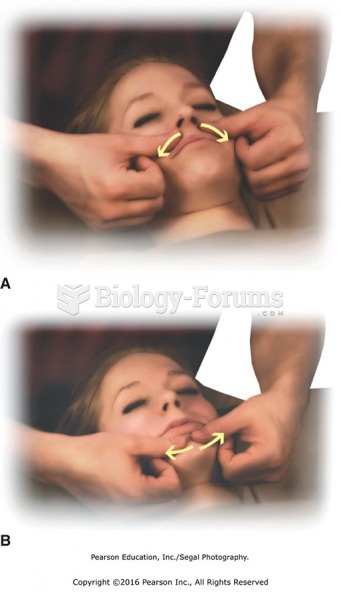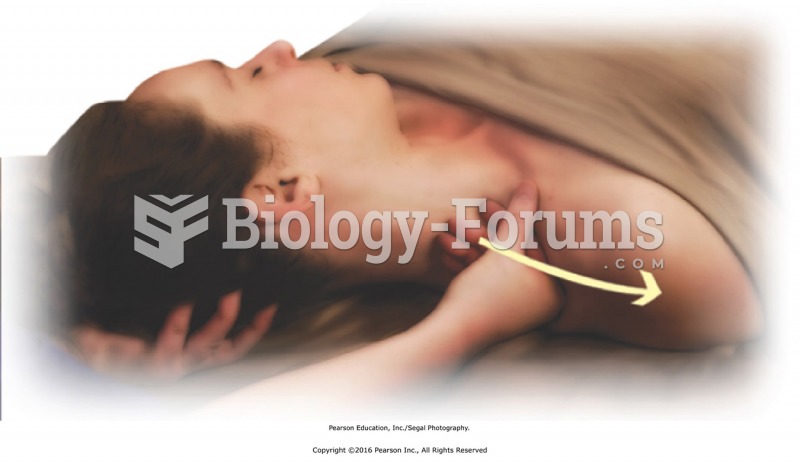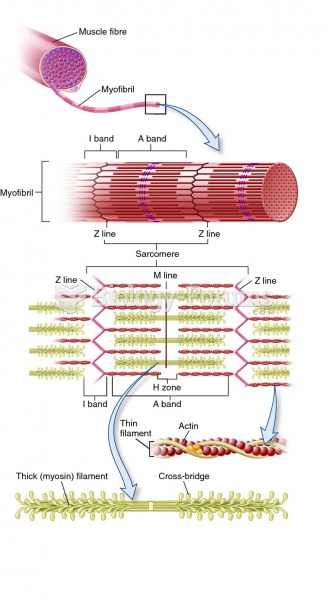Answer to Question 1
Correct Answer: 3
Rationale 1: Pain relief is greater when nonsteroidal anti-inflammatory drugs are used in combination with another type of medication.
Rationale 2: Pain relief is greater when muscle relaxants are used in combination with another type of medication.
Rationale 3: When skeletal muscle relaxants are used in combination with nonsteroidal anti-inflammatories, pain relief is greater than when either agent is used alone.
Rationale 4: Narcotic pain relievers are typically not prescribed along with muscle relaxants due to the additive effect of sedation.
Global Rationale: When skeletal muscle relaxants are used in combination with nonsteroidal anti-inflammatories, pain relief is greater than when either agent is used alone. Narcotic pain relievers are typically not prescribed along with muscle relaxants due to the additive effect of sedation.
Answer to Question 2
Correct Answer: 2,3,5
Rationale 1: Surgery is sometime necessary in these cases, so this statement reflects accurate knowledge.
Rationale 2: Medication alone is generally not enough to control spasticity in these children. The parents need additional teaching.
Rationale 3: The physical therapy sessions for spasticity focus on muscle stretching, not flexion. The parents need additional teaching.
Rationale 4: Repetitive motion exercises are beneficial in reducing and controlling spasticity. The parents have expressed accurate knowledge.
Rationale 5: Physical therapy should be routine and consistent in order to reduce or control spasticity. These parents need additional teaching.
Global Rationale: Medication alone is generally not enough to control spasticity in these children. The parents need additional teaching. The physical therapy sessions for spasticity focus on muscle stretching, not flexion. The parents need additional teaching. Repetitive motion exercises are beneficial in reducing and controlling spasticity. The parents have expressed accurate knowledge. Surgery is sometime necessary in these cases, so this statement reflects accurate knowledge. Physical therapy should be routine and consistent in order to reduce or control spasticity. These parents need additional teaching.
 Thumb slides above and below the mouth. (A) Use the thumbs to stroke above the upper lip and then ...
Thumb slides above and below the mouth. (A) Use the thumbs to stroke above the upper lip and then ...
 Holding the head with one hand, apply effleurage to upper trapezius on one side using the fist. When ...
Holding the head with one hand, apply effleurage to upper trapezius on one side using the fist. When ...





